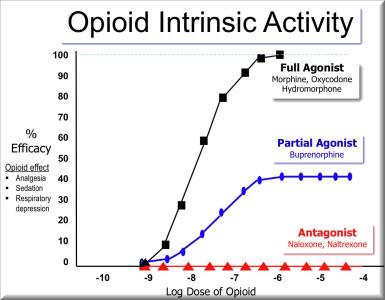There are 3 Groups Of People who are The Most Vulnerable to Opioids and Drug Addiction
Adolescents or Teens – Relating to a 2004 Countrywide Survey about Drug Usage and Health and Wellness, 10.4% of teenagers or adolescents aged twelve to seventeen had used doctor prescribed psychotherapeutic drugs for non-medical or health-related reasons or motives in the previous year and also 5.3% have been current drug users. Doctor prescribed opioids really are a particularly serious and major problem in this age grouping. A nationwide government agency in 2005 overseeing a long-term survey regarding 8th through 12th-graders discovered that 5.3% of 12th-graders had been abusing OxyContin in the previous year, as well as 9.7% who reported abusing Vicodin, making Vicodin just about the most commonly over used or abused prescription drug medication in this particular population. One more troubling and disturbing pattern is the particular recent phenomena referred to as “pharming,” in which young individuals mix prescription medications or prescription drugs and consume some or even all of these drugs at one time, unaware and ignorant of the potential serious and severe drug interactions.
 ;
;
Elderly or Older Adults – Although individuals 65 years old and over comprise or consist of only about 14% of the population, they are prescribed roughly one-third of almost all medications or prescription drugs in North America. Furthermore, older or elderly individuals are oftentimes prescribed more long-term prescription medications, along with multiple medications, which might result in unintentional abusing these drugs. A huge percentage of elderly adults also utilize over the counter medicines or medications and also dietary and health supplements like vitamins, together with prescription drugs, which can lead to dangerous and grave outcomes. The elderly or seniors also are at risk regarding prescription substance abuse, in which they intentionally take medications or prescription drugs which are not medically required. As a result of high rates of comorbid illnesses and health problems among the elderly or seniors, changes within drug metabolic rate with age, and the likelihood or risk of drug interactions, prescription or doctor prescribed and over the counter drug abuse, misuse or improper usage can have more adverse health consequences and outcomes amongst this age bracket.
 ;
;
Gender Distinctions – Studies and research claim that women are more inclined than men to be prescribed by doctors an abusable prescription drug or medicine, specifically narcotics and anti-anxiety drugs or medications, in certain cases, 62% much more likely. Overall, men and women have more or less comparable rates of non-medical usage of prescription drugs and medications. An exception is identified involving 12- to 18-year-olds. Within this age group, young females are much more likely than young teenage boys to use psychotherapeutic drugs or medicines non-medically. Furthermore, research and analysis indicate that females are at increased risk and danger for non-medical use of narcotic analgesics, pain killers, medications and tranquilizers (e.g., benzodiazepines, diazepam). However, amongst women as well as men who use a sedative, anti-anxiety drug medication, or hypnotic, women are usually almost 2 times more prone to become addicted to these drugs.
